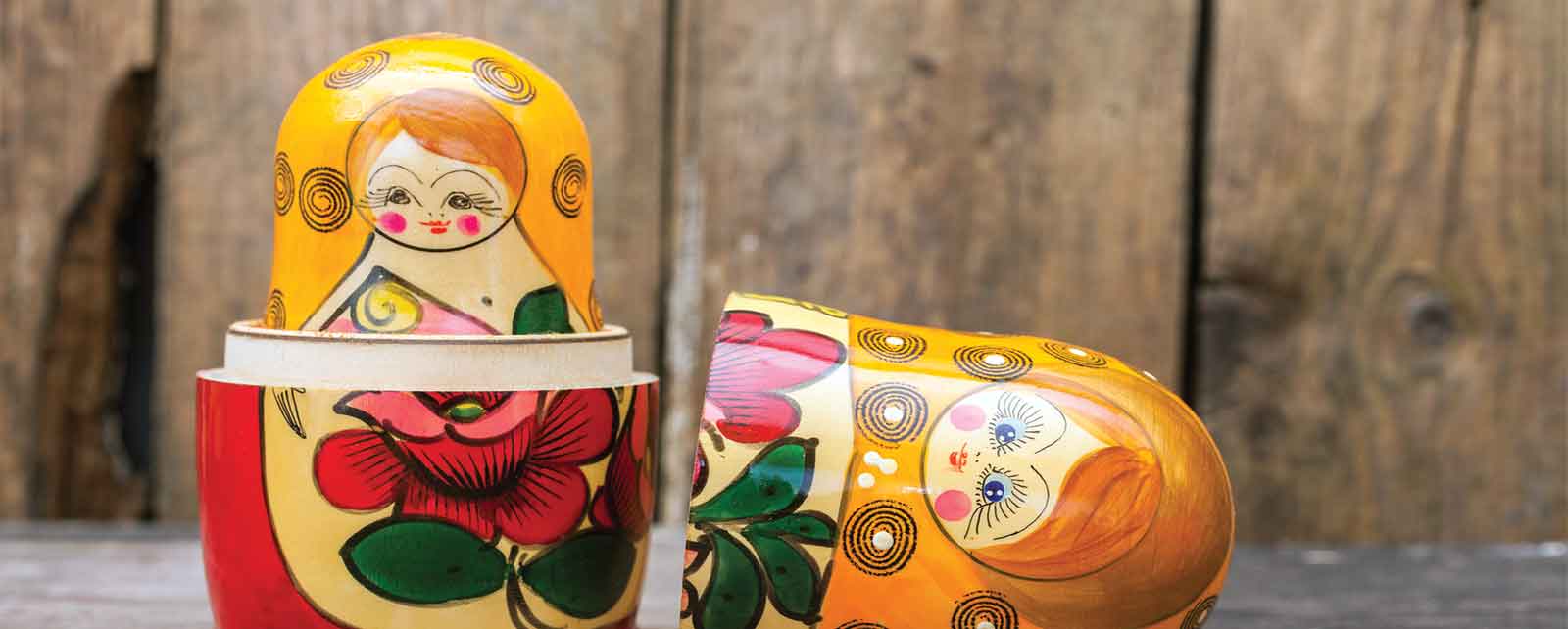Today we are going to walk thru basics of Go language. Starting with a list of supported data types and defining custom types.
I’ll try to show you some examples of how to deal with basic Go stuff and compare with PHP as a reference.
Data types
Integer
Integers are numbers without a decimal component. Go lang support four types for integer based on the amount of bits can address, and three extra types based on machine architecture.
Since computers use a base-2 for representation, 8, 16, 32 and 64 tell us how many bits each of the types use. Then for the first sub set of integers Go also split them on signed and unsigned.
Signed Integers: int8, int16, int32, int64.
Unsigned Integers: uint8, uint16, uint32, uint64.
Also, a byte is an alias for uint8 and a rune for int32.
For the second sub set, the machine dependent integers we have: uint, int and uintptr.
Floating Point Numbers
Generally known as Real Numbers, represents those numbers with decimal component.
Go has two floating point types : float32 and float64.
It also has two complex number types : complex64 and complex128.
String
This data type is represented by a sequence of characters with a definite length.
Literals in Go can be created in 2 ways, with double quotes, that allows the use of special characters like \n and \t, but cannot contain new lines, or with backticks quotes, that permits the use of new lines.
You can concatenate two or more strings, like lots of languages except PHP that use a dot (.), with plus sign (+), and each individual character can be obtained using indexes.
var example string = "weird\t string\n sample!”
otherway := `weird
sample!`
Length in PHP
$stringLength = strlen($part_1); // 5
Length in Go!
var string_length int = len(example)
Concatenations in PHP
$full_str = "{$part_1} {$part_2}";
$full_str .= $part_3
Concatenations in Go!
var full_str string
full_str = part_1 + " " + part_2
Boolean
Booleans are a special 1 bit integer type used to indicate True or False.
The logical operators which can be used on booleans are:
and &&
or ||
not !
Arrays, Slices, Maps
Array is a set of elements of an specific type. [n]T is an array of n elements of type T, where n is the length of the set and T represents the type, i.e. to create an array of ten element length of string, it should looks like [10]string.
Examples:
var a [10]int
x := [5]float64 {
34,
63,
56,
84,
23
}
The above example in PHP looks like:
$x = array(34, 63, 56, 84, 23);
or just
$x = [34, 63, 56, 84, 23];
Slice is a segment, not fixed of an Array.
Creation of slice is via make command.
x := make([]int, 5)
It also can be initialized from array by indexes.
x := a[3:] //the first 3 elements of a
x := a[2:5] // specific range, elements from 2 to 5
A map is an unordered collection of key-value pairs. Also known as an associative array, a hash table or a dictionary, maps are used to look up a value by its associated key.
var x map[string]int
x["Hello"] = 1
Custom Data Types
Struct:
A structure is a user defined data type which contains named fields. In Go structs are used to represents object by the association of method to pointer of this type.
type dog struct {
breed string
age int
owner string
}
type cow struct {
age int
farm string
}
The dot operator is used to access each field by name. The above example in PHP will look like:
<?php
class Dog {
private $breed;
private $age;
private $owner;
}
class Cow {
private $age;
private $owner;
}
Interfaces:
In Go an interface is two things: it is a set of methods, but it is also a type.
The interface{} type, the empty interface, is the source of much confusion. The interface{} type is the interface that has no methods. Since there is no implements keyword, all types implement at least zero methods, and satisfying an interface is done automatically, all types satisfy the empty interface. That means that if you write a function that takes an interface{} value as a parameter, you can supply that function with any value.
We’ll talk about Loops, Control Structures and some design patterns in future posts. Thanks for reading
